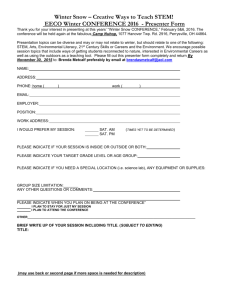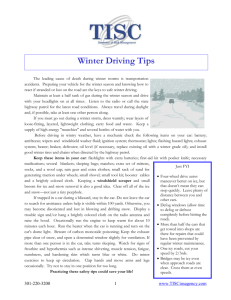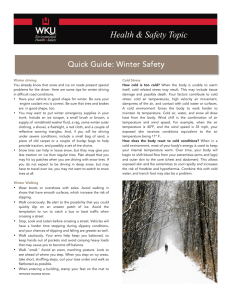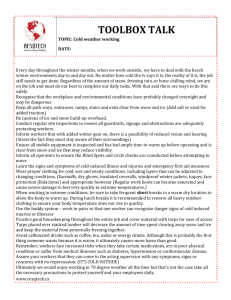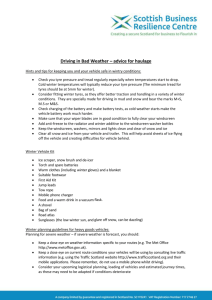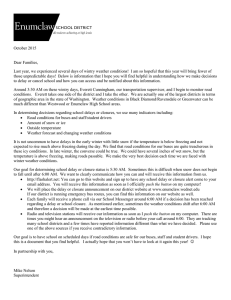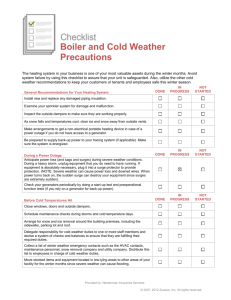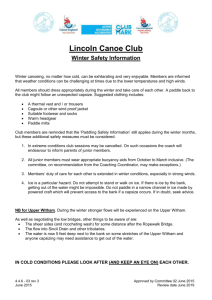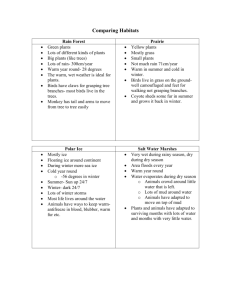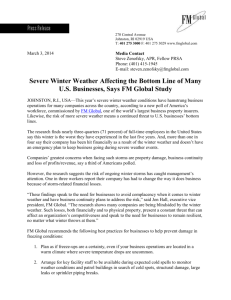Driving in icy / Winter conditions - Dyfed
advertisement
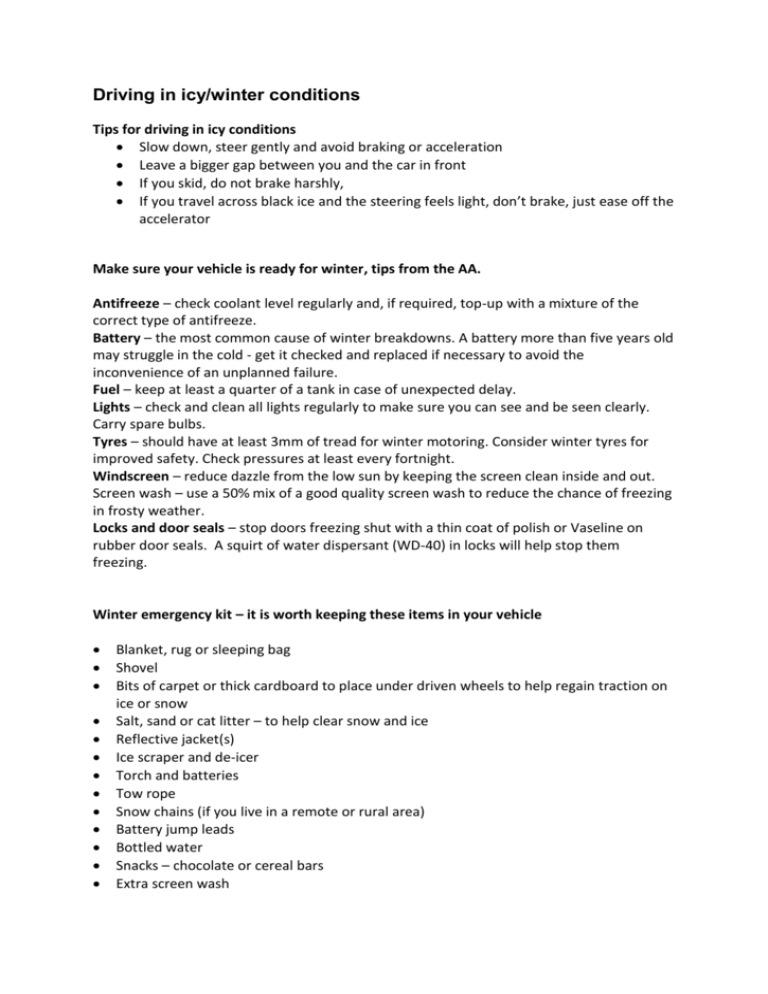
Driving in icy/winter conditions Tips for driving in icy conditions Slow down, steer gently and avoid braking or acceleration Leave a bigger gap between you and the car in front If you skid, do not brake harshly, If you travel across black ice and the steering feels light, don’t brake, just ease off the accelerator Make sure your vehicle is ready for winter, tips from the AA. Antifreeze – check coolant level regularly and, if required, top-up with a mixture of the correct type of antifreeze. Battery – the most common cause of winter breakdowns. A battery more than five years old may struggle in the cold - get it checked and replaced if necessary to avoid the inconvenience of an unplanned failure. Fuel – keep at least a quarter of a tank in case of unexpected delay. Lights – check and clean all lights regularly to make sure you can see and be seen clearly. Carry spare bulbs. Tyres – should have at least 3mm of tread for winter motoring. Consider winter tyres for improved safety. Check pressures at least every fortnight. Windscreen – reduce dazzle from the low sun by keeping the screen clean inside and out. Screen wash – use a 50% mix of a good quality screen wash to reduce the chance of freezing in frosty weather. Locks and door seals – stop doors freezing shut with a thin coat of polish or Vaseline on rubber door seals. A squirt of water dispersant (WD-40) in locks will help stop them freezing. Winter emergency kit – it is worth keeping these items in your vehicle Blanket, rug or sleeping bag Shovel Bits of carpet or thick cardboard to place under driven wheels to help regain traction on ice or snow Salt, sand or cat litter – to help clear snow and ice Reflective jacket(s) Ice scraper and de-icer Torch and batteries Tow rope Snow chains (if you live in a remote or rural area) Battery jump leads Bottled water Snacks – chocolate or cereal bars Extra screen wash When bad weather is forecast Warm winter coat, scarf, hat, gloves and warm clothes Waterproofs Sturdy boots Flask of hot drink Be Prepared be Safe
